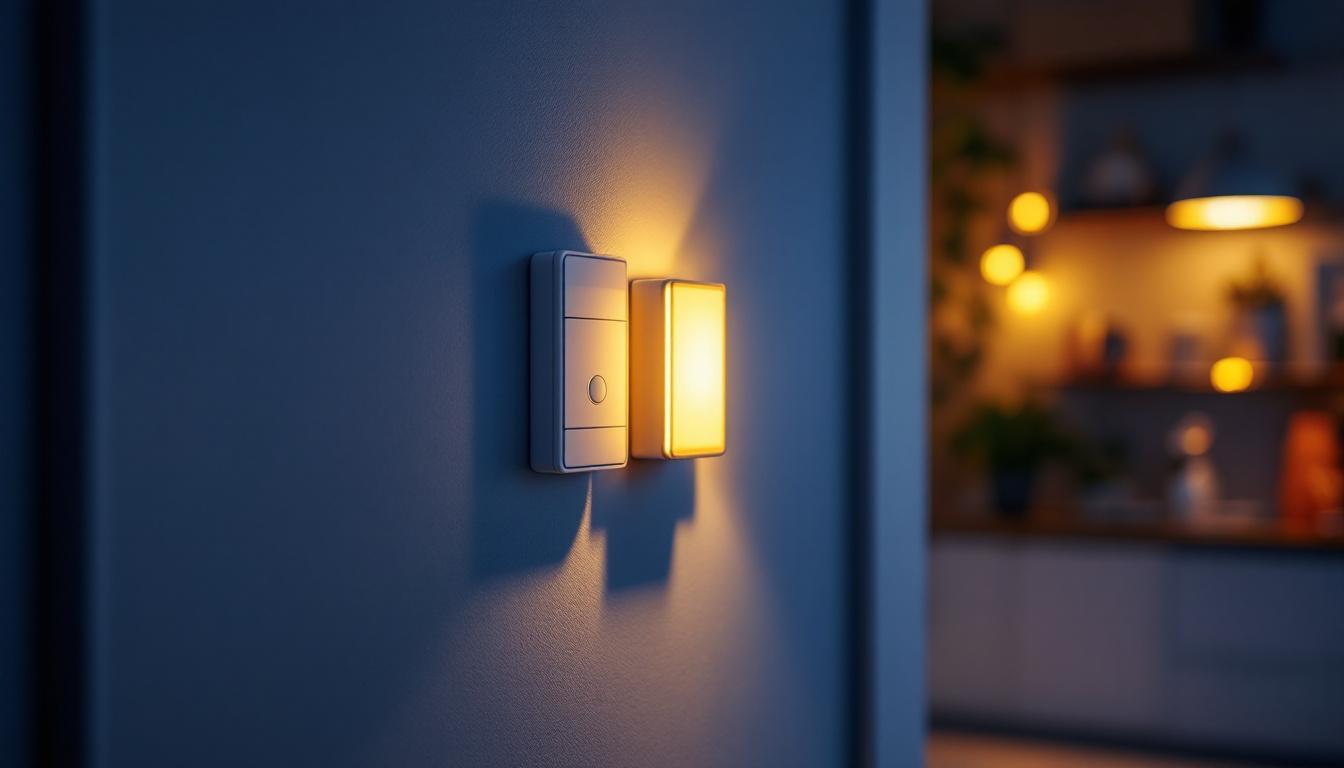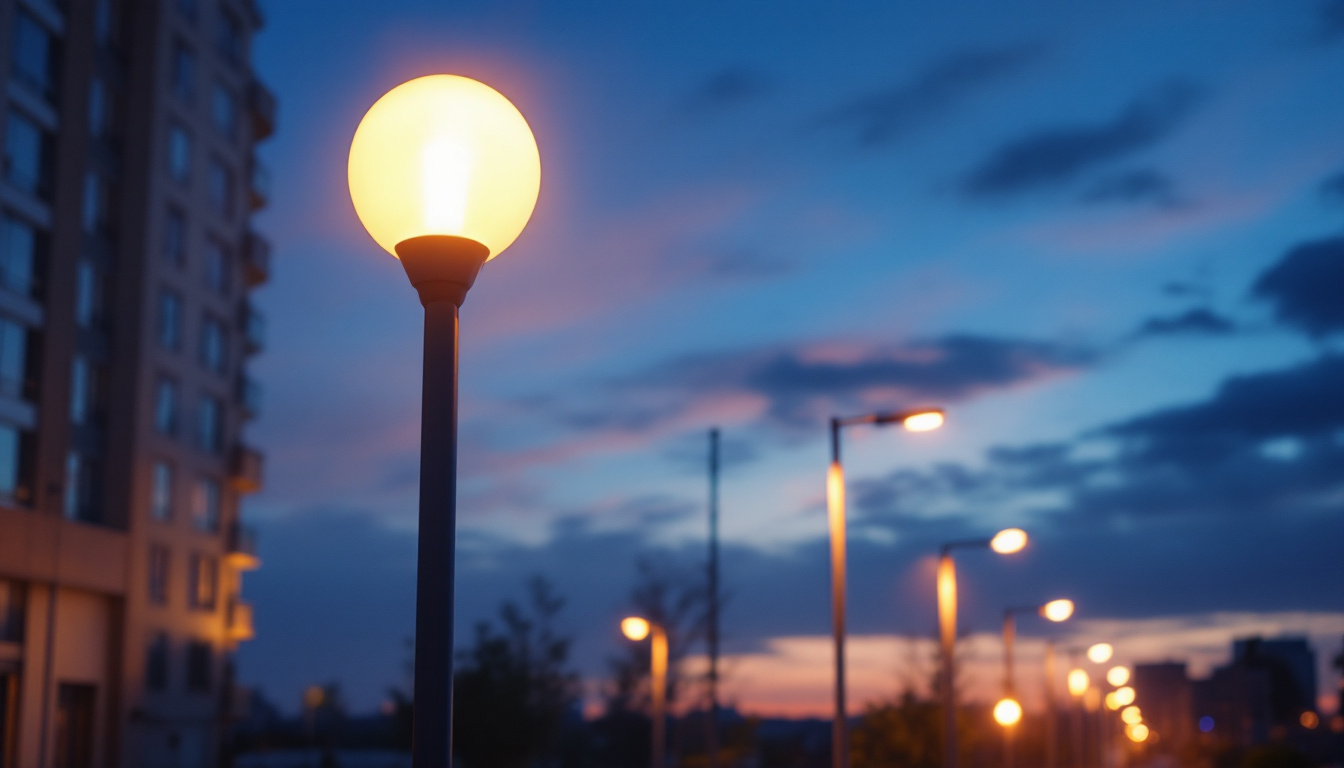
Motion detector switches have become a staple in modern lighting solutions, especially when paired with LED technology. For lighting contractors, these devices offer an efficient way to enhance energy savings and improve user convenience. But beyond the obvious benefits, understanding how motion detectors integrate with LED lights—and the compliance requirements surrounding them—is essential for ensuring both safety and regulatory adherence.
At their core, motion detector switches automatically turn lights on or off based on detected movement within a space. This automation reduces unnecessary energy consumption, a critical factor in commercial and residential projects aiming for sustainability and cost efficiency. However, the interaction between motion sensors and LED lighting isn’t always straightforward. LEDs have unique electrical characteristics, such as low wattage and specific dimming requirements, which can affect motion detector compatibility.
Motion detectors typically use passive infrared (PIR) sensors or ultrasonic technology to detect movement. When motion is sensed, the switch completes the circuit to power the LED lights. However, LEDs draw less current than traditional incandescent bulbs, sometimes causing issues like flickering or false triggers if the switch isn’t designed for low-wattage loads.
Lighting contractors must select motion detector switches specifically rated for LED lighting. These switches often include features like adjustable sensitivity and delay timers, ensuring the lighting responds appropriately without wasting energy or causing nuisance activations. Additionally, many modern motion detectors offer advanced features such as daylight harvesting capabilities, which can further optimize energy use by adjusting the lighting based on the amount of natural light available in the environment.
Moreover, the placement of motion detectors plays a crucial role in their effectiveness. Proper positioning can significantly enhance the detection range and minimize blind spots, ensuring that lights activate only when necessary. For instance, in a commercial setting like a warehouse, strategically placing sensors at entry points and high-traffic areas can lead to substantial energy savings while maintaining safety and visibility. Furthermore, some systems allow for integration with smart home technology, enabling users to monitor and control their lighting remotely, thus adding another layer of convenience and efficiency to LED lighting systems.
Compliance is a critical aspect when installing motion detector switches with LED lighting. Various codes and standards govern the installation, performance, and safety of these devices. Ignoring these can lead to failed inspections, liability issues, and increased costs.
Many jurisdictions have adopted energy codes that mandate the use of occupancy sensors in specific building types and spaces. For example, commercial buildings often require motion detector switches in restrooms, conference rooms, and corridors to reduce energy waste. These codes typically specify sensor types, coverage areas, and automatic shutoff times.
Lighting contractors should familiarize themselves with local energy codes such as the International Energy Conservation Code (IECC) or ASHRAE standards that influence lighting controls. Compliance ensures that installations contribute to energy efficiency goals and qualify for potential rebates or incentives. Additionally, staying updated on evolving energy regulations is essential, as municipalities frequently revise codes to incorporate advancements in technology and sustainability practices. This proactive approach not only enhances a contractor’s reputation but also positions them as a knowledgeable resource for clients looking to optimize their energy usage.
Beyond energy codes, electrical safety standards play a crucial role. The National Electrical Code (NEC) outlines requirements for wiring, grounding, and device ratings. Motion detector switches must be installed according to these guidelines to prevent electrical hazards.
Contractors should verify that the switches have proper certifications, such as UL listing or equivalent, which confirm that the devices meet safety and performance benchmarks. Proper installation also involves ensuring compatibility with existing electrical infrastructure and avoiding overloading circuits. Furthermore, it is important for contractors to conduct thorough inspections and testing post-installation to ensure that all systems function correctly and safely. This includes checking for proper sensor alignment, sensitivity settings, and ensuring that the devices respond accurately to movement. By prioritizing these safety measures, contractors not only protect themselves from liability but also foster trust with their clients, who rely on them for safe and efficient lighting solutions.
Successful integration of motion detector switches with LED lighting hinges on several practical factors. Lighting contractors must evaluate these to deliver reliable, compliant, and user-friendly lighting solutions.
One of the most common challenges is ensuring the motion detector switch can handle the LED load. Since LEDs consume less power, some standard motion switches designed for higher wattage loads may not function correctly. This can cause flickering or failure to switch off.
Contractors should select switches explicitly rated for low-wattage LED loads. Some models include built-in load compensation or require a minimum load to operate correctly. Understanding these specifications prevents performance issues and customer dissatisfaction. Additionally, it is advisable to keep abreast of the latest advancements in motion sensor technology, as manufacturers are continually improving their products to enhance compatibility with energy-efficient lighting solutions. This knowledge can help contractors make informed choices that align with both current standards and future developments in LED technology.
Proper sensor placement is critical for effective motion detection. Sensors must cover the intended area without false triggers from adjacent spaces or external movement. For example, installing a sensor near HVAC vents or windows may cause erratic switching due to temperature changes or sunlight.
Lighting contractors should conduct thorough site assessments to determine optimal sensor locations. Adjustable sensors with customizable coverage zones and sensitivity settings provide flexibility to adapt to different environments. Moreover, understanding the specific activities that will occur in the area can further refine placement strategies. For instance, in a commercial setting, sensors may need to be positioned to account for foot traffic patterns, while in residential applications, they might require adjustments based on furniture layout or outdoor landscaping that could obstruct the sensor’s view.
Modern lighting systems often combine motion detectors with dimmers, daylight sensors, or smart controls. Ensuring seamless integration requires attention to device compatibility and wiring configurations.
For instance, some LED dimmers may not work smoothly with motion detector switches, leading to flickering or reduced sensor sensitivity. Contractors should verify manufacturer recommendations and test the system before finalizing installation. Furthermore, considering the growing trend of smart home technology, contractors should explore options for integrating motion detectors with home automation systems. This can enhance user convenience, allowing homeowners to control their lighting through mobile apps or voice commands, thereby creating a more cohesive and modern living environment. As smart technology continues to evolve, staying informed about the latest features and functionalities will empower contractors to offer cutting-edge solutions that meet the needs of tech-savvy clients.
Even experienced lighting contractors encounter challenges when working with motion detector switches and LED lighting. Awareness of common pitfalls can save time and prevent costly callbacks.
Many motion detector switches require a minimum electrical load to operate correctly. Installing a switch without considering the LED load can result in flickering or failure to turn off. This is especially problematic in low-wattage LED arrays.
Using a bypass device or selecting a switch designed for low loads can solve this issue. Always check the product specifications and test the installation under real operating conditions.
Incorrect sensor placement can cause false activations or failure to detect motion. For example, placing sensors facing glass doors or windows can lead to interference from sunlight or outdoor movement.
Contractors should avoid such placements and use sensors with adjustable detection zones. Conducting a walk-through during installation helps identify and correct placement errors.
Failing to document compliance with energy codes and safety standards can create problems during inspections. Lighting contractors should maintain records of installed devices, certifications, and test results.
This documentation supports warranty claims, rebate applications, and regulatory audits, protecting both the contractor and the client.
The lighting industry continues to innovate, offering new solutions that enhance the functionality and compliance of motion detector switches.
Smart motion detectors connected to building automation systems allow for remote monitoring and control. These devices can adjust lighting based on occupancy patterns, time of day, and ambient light levels, optimizing energy use.
Lighting contractors should stay informed about these technologies, as they become increasingly common in commercial and high-end residential projects. Integration with IoT platforms can also facilitate predictive maintenance and data-driven energy management.
New sensor technologies, such as microwave and dual-technology sensors combining PIR and ultrasonic detection, offer improved accuracy and reduced false triggers. These advancements make motion detection more reliable in complex environments.
Contractors should evaluate these options for projects requiring high precision, such as healthcare facilities or secure areas.
Motion detector switches for LED lights are more than just energy-saving devices-they are integral components that require careful consideration to meet compliance standards and performance expectations. Lighting contractors who understand the nuances of sensor technology, regulatory requirements, and installation best practices will provide superior solutions that satisfy clients and inspectors alike.
Staying current with evolving codes and emerging technologies ensures that every installation is safe, efficient, and future-proof. In the competitive lighting market, this expertise sets contractors apart as trusted professionals capable of delivering intelligent, compliant lighting systems.
Ready to elevate your lighting installations with motion detector switches that meet the highest compliance standards? Look no further than LumenWholesale, where we provide lighting contractors with the finest spec-grade lighting products at unbeatable wholesale prices. Our commitment to quality and affordability means you can access a wide range of reliable and high-performance lighting solutions tailored to your project needs. Plus, with free shipping on bulk orders, you can stock up on premium lighting without worrying about hidden fees or compromises. Don’t let inflated markups dim your business potential. Choose LumenWholesale for the perfect blend of quality, affordability, and convenience. Visit us now at Wholesale Lighting at the Best Value and make your next project shine.

Discover essential tips for selecting and installing street pole lights to prevent expensive errors in your lighting projects.

Discover how to enhance your outdoor spaces with wall-mounted solar lights that offer sustainable and reliable illumination.

Discover the essential facts about dimmable switches that every lighting contractor needs to know.

Discover the history of lightbulb invention and explore innovative ways lighting contractors can leverage modern advancements to cut costs and enhance efficiency.